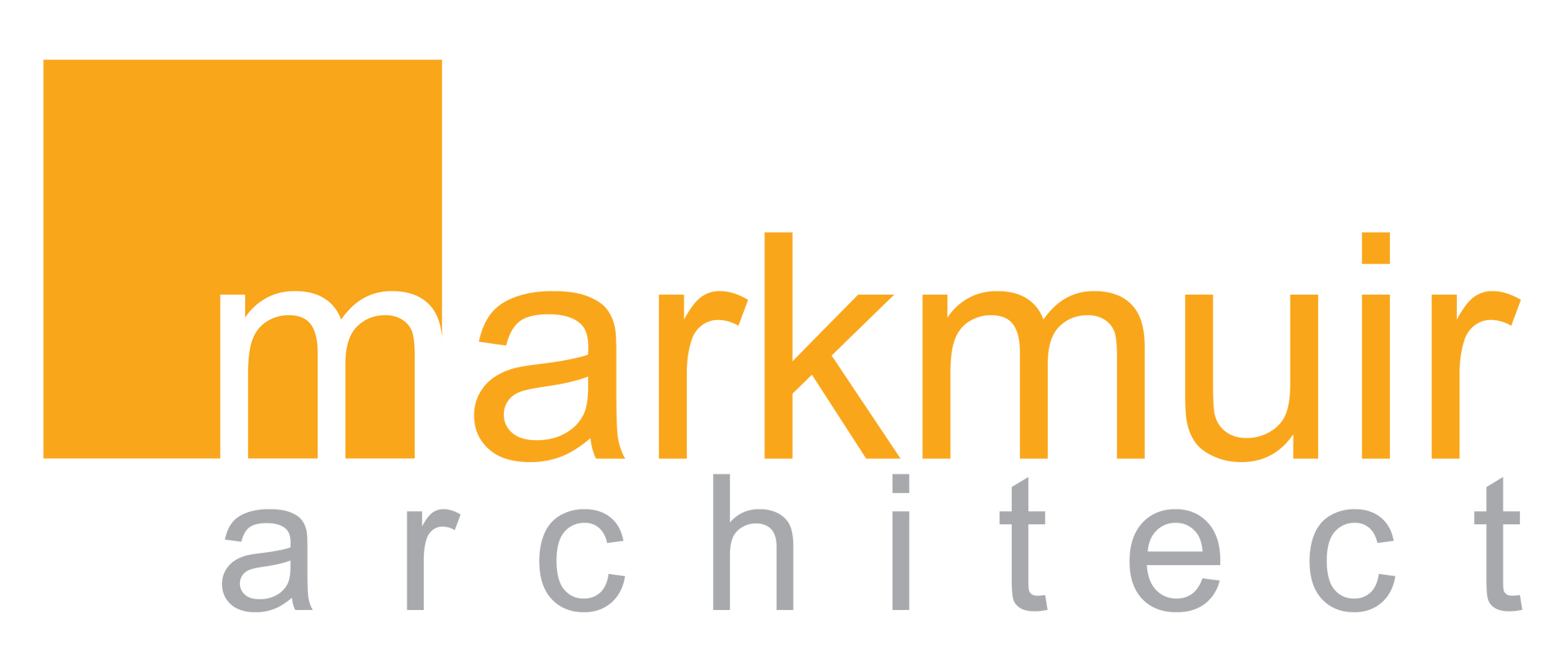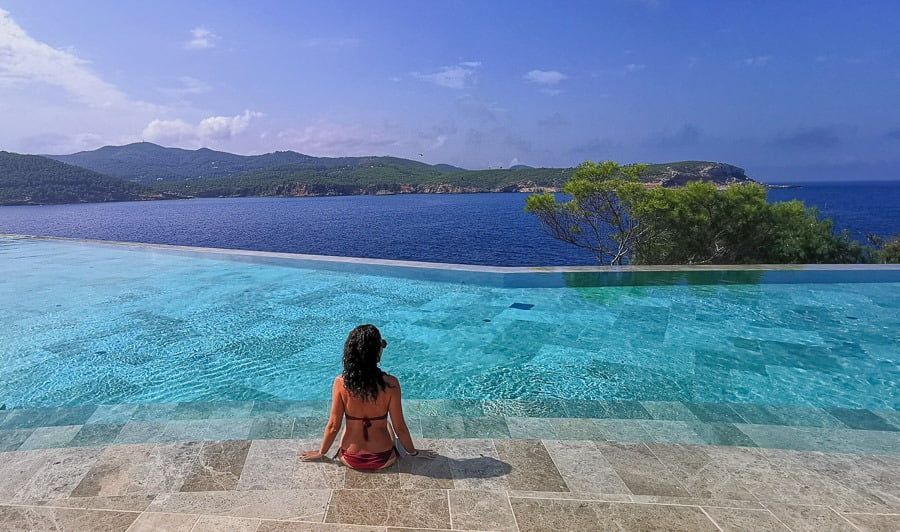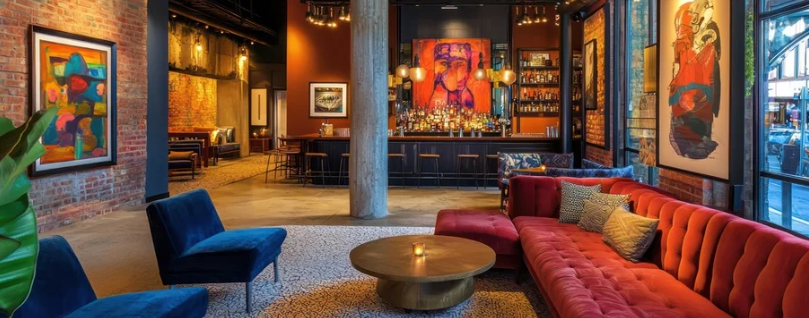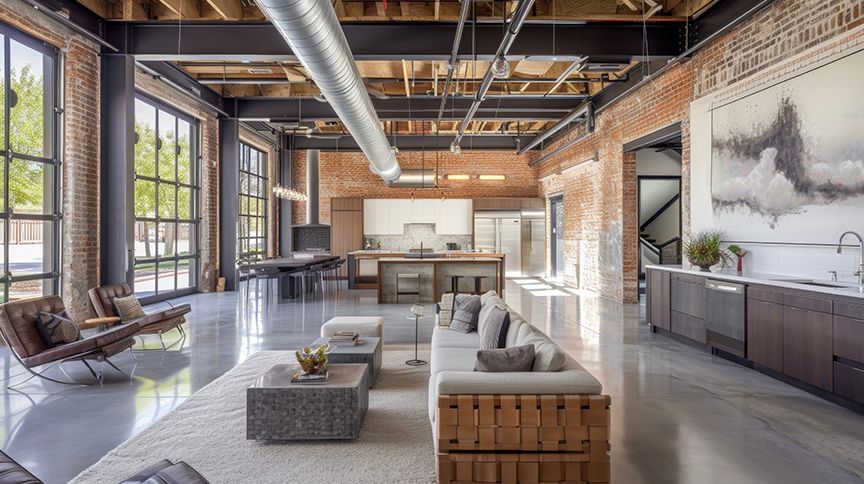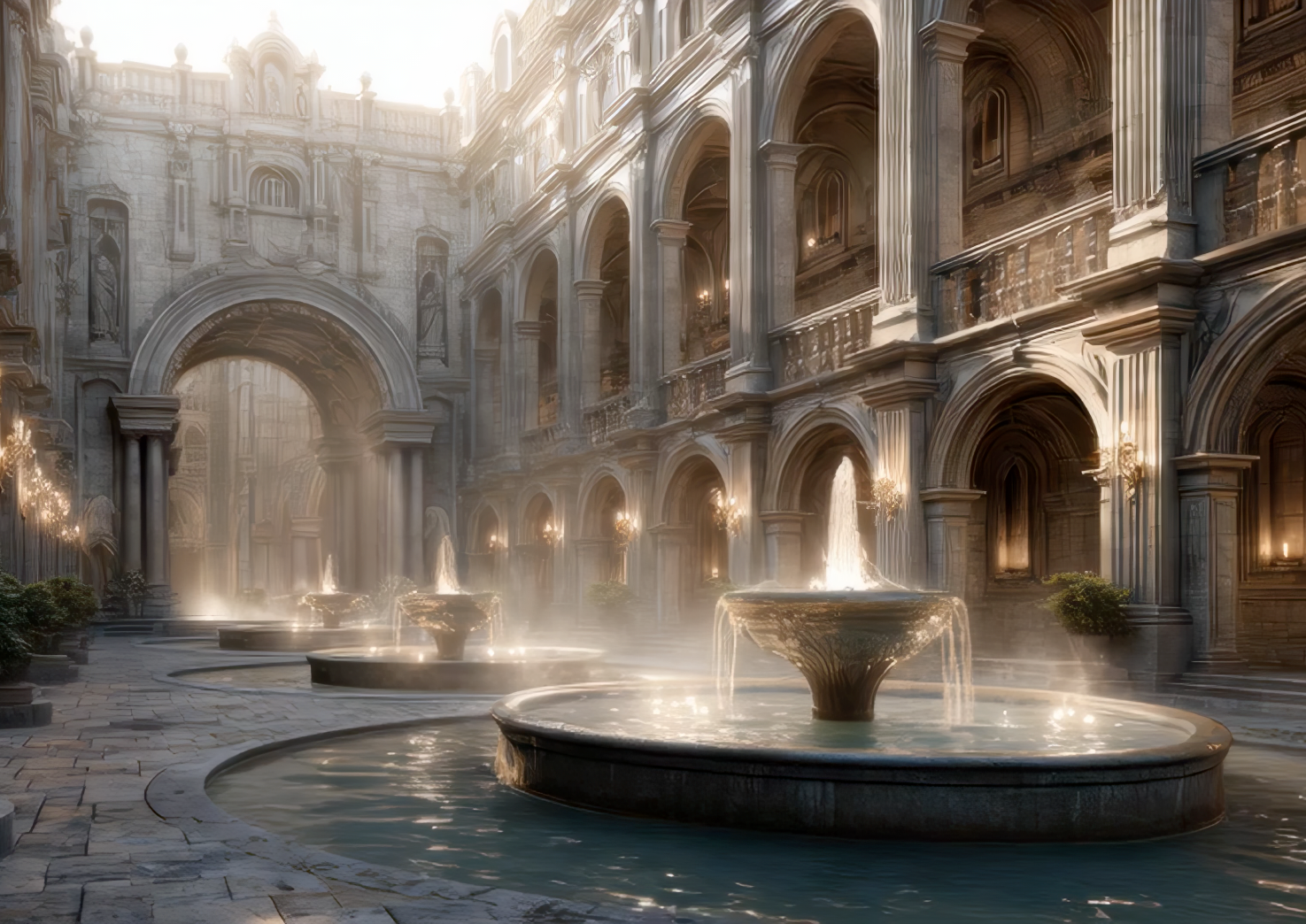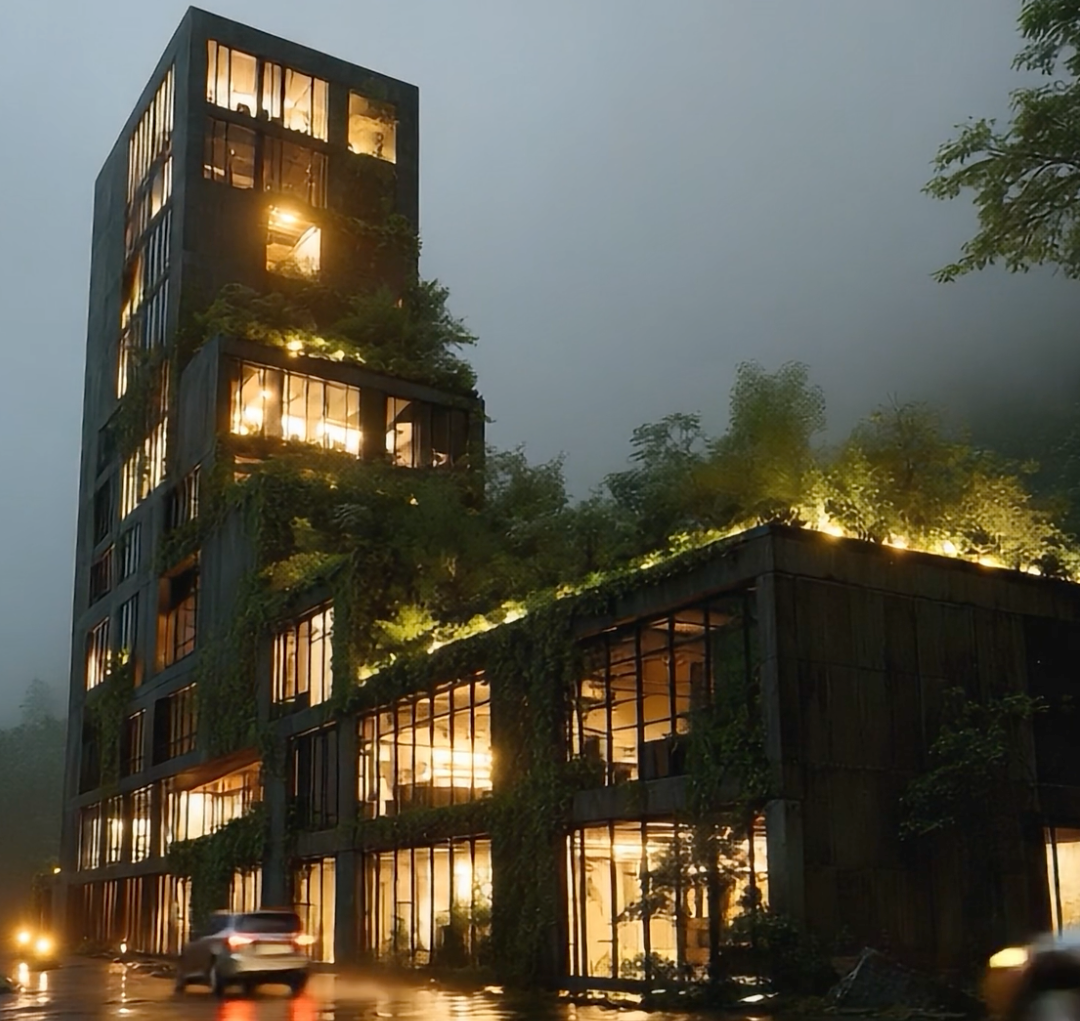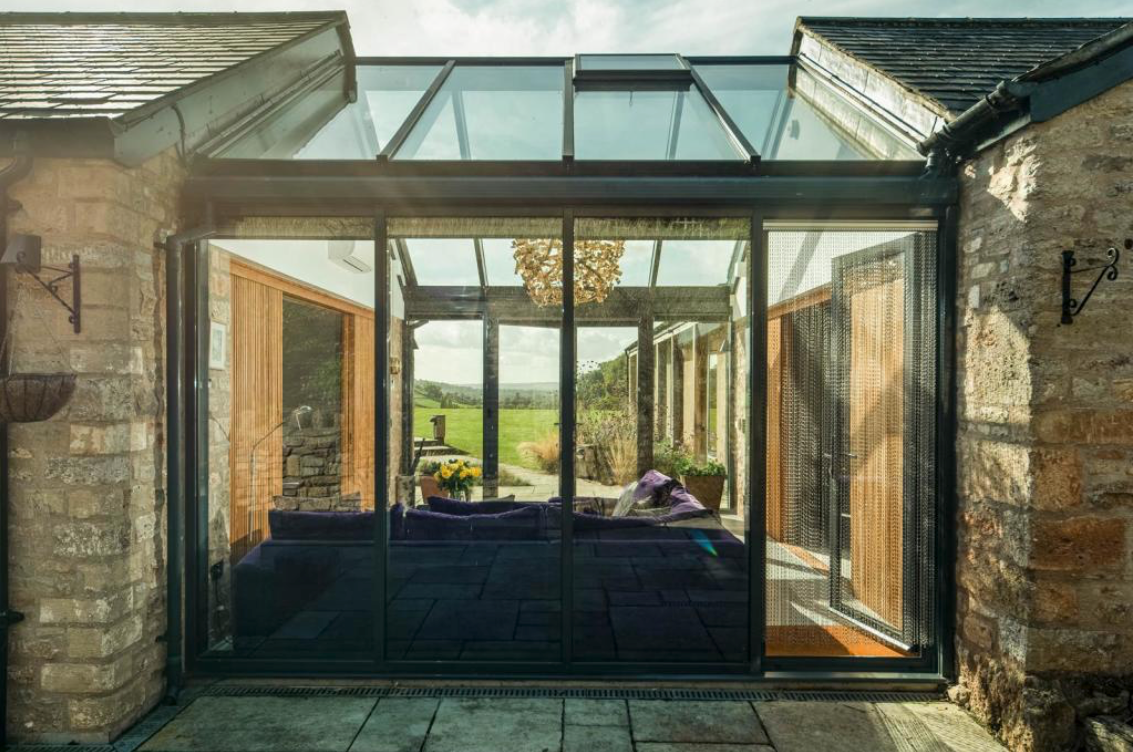Biophilic Design - Buildings that heal
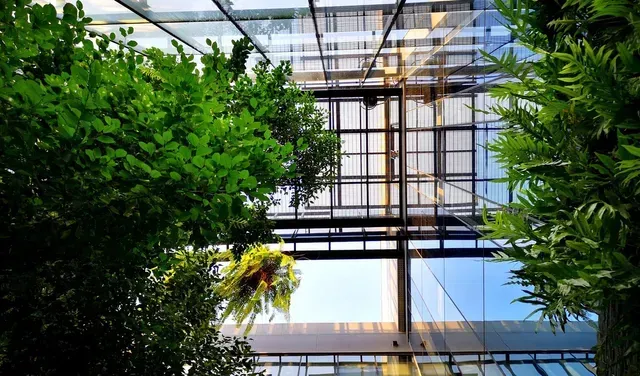
What Is Biophilia?
Spending time in nature and with animals can have beneficial effects on both physical and mental health.
Time spent in green spaces is associated with lower levels of stress, improved memory, and heightened creativity. Symptoms of ADHD and depression can decrease for children and adults as outdoor time increases.
Animals are regularly used in therapeutic settings, such as in equine-assisted therapy, and owning a pet has long been associated with positive mental health outcomes. Pets also often encourage physical activity, which triggers its own cascade of physical and emotional benefits.
How does time in nature help mental health?
In addition to inspiring joy, there is now evidence that time in nature can strengthen and improve mental health. Those who walked in a scenic area experienced less anxiety and negative thoughts than those who walked in a busy urban area, one study found. Longer term research also finds that living in places with more exposure to green space is correlated with significantly lower stress levels and greater sense of overall well-being.
How much time in nature improves mental health?
Research suggests that the amount of time in nature needed to boost well-being is just two hours per week. That was the time at which nature was associated with better self-reported health and well-being in a large study. That benchmark seemed to hold no matter how the time was spent, whether through one long walk or several short walks.

Why did humans evolve to need to be within nature?
From the lens of evolution, people who were embedded in, and had a greater understanding of landscapes, animals and their behaviour, and water sources were more likely to survive.
What is biophilia in architecture and design?
Research from environmental psychology consistently suggests that buildings support us best when they echo the scale and tone of the natural world, through extended sight lines, pattern, dimension, light, layout, and sound. An understanding of biophilia can inform design choices that curb stress and boost general well-being. Simple measures such as wooden floors, natural fabrics, high ceilings, plenty of windows and views fall under this design umbrella.
Six Principles of Biophilic Design in buildings
Biophilic design in building is about the overall environment and space, and less about a series of single natural elements. The biophilic elements should tie together the entire building environment, integrating it together into an interconnected ecosystem. It is through the continuous engagement with natural elements that the benefits of biophilic buildings are achieved.
With this in mind, we look at the 6 biophilic elements -
1. Environmental Features
In biophilic design, nature and natural features such as water features, plant life, and fresh air sit firmly in the centre. One of the most simple and successful strategies of making the indoors seem like an outdoor space is the simple addition of plants.
Constant contact with greenery has a calming and peaceful effect on a space, having plants coherently integrated into interior design can reduce stress, enhance mood, and improve cognitive performance and well-being.
2. Light and Space
Light is the crucial element behind many processes in our bodies. It controls our circadian cycle as well as affects our health, mood and energy levels.
Biophilic design spaces are those designed to allow ingress of or amplify natural light or to mimic the rhythmic changes of light and shadow during the day helping to regulate our mental health, mood, and sense of wellness.
3. Natural Shapes and Forms
A recreation of the variation of natural environments is something biophilic design seeks to bring indoors. Biomorphic forms and organic shapes are as complex and varied as they come but the avoidance of repetition and fixed shapes is a great place to start (especially in work environments).
To integrate this design in the workplace or home, variations in spacial relationships and using natural materials or symbolic textural or pattern references from nature to create natural analogs.
4. Restorative Patterns and Processes
Vitally important to human function is our sensory systems, our sense of sight, sound, smell, and touch change and flow with nature. Humankind has long required managing highly sensuous as the natural world around us is in constant motion, variation again is key.
The built environment leans toward repetition, sameness and stability. Biophilic office design in the workplace needs to create this flow of constant changes, be it the inclusion of outdoor areas, or different types of textures and colours indoors.
5. Place-Based Relationships
Here we look at design as contextualising the interior space within the wider area’s topographic, historical, cultural, ecological, or even spiritual context in mind in order to give sense of place. Biophilic design would incorporate elements of the above, this could be in the form of artwork that focuses on the biogeographical features of the area, or it could be decorative structures harmonious with the place’s culture.
6. Evolved Human-Nature Relationships
This last biophilic design principle focuses on the relationship between humans and nature. The idea is to restore our responsibility of care for the environment. It is also about nature being a place of refuge for us, and biophilic design aims to recreate this sense of perceived safety.
Have you been harbouring an inkling in the back of your mind for your new project to be connected to nature? Well just book a complimentary discovery call and chat your ideas through with Mark.... https://bit.ly/Complimentary20Chat 😎

